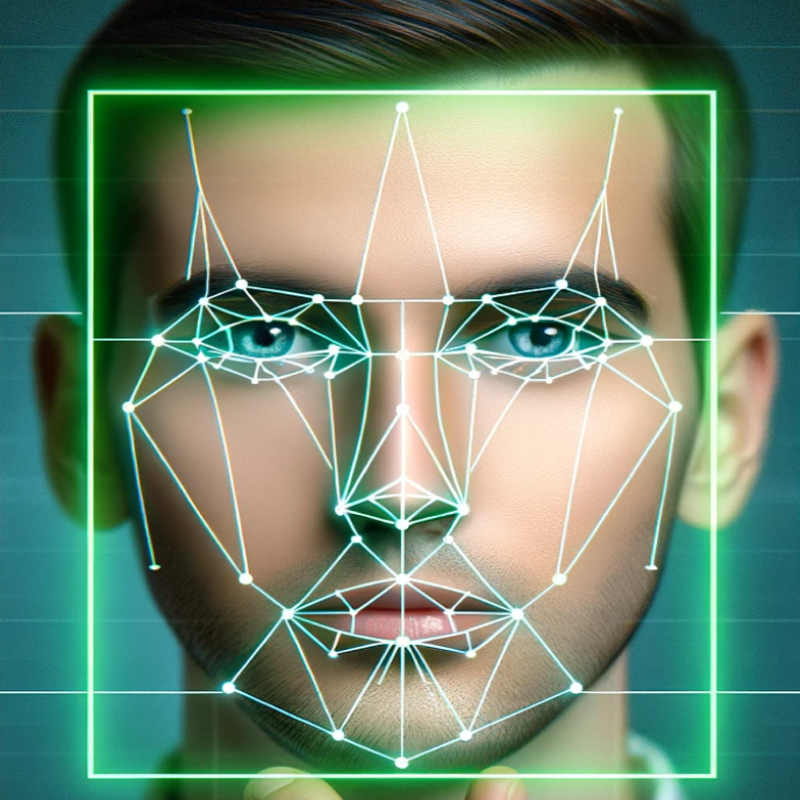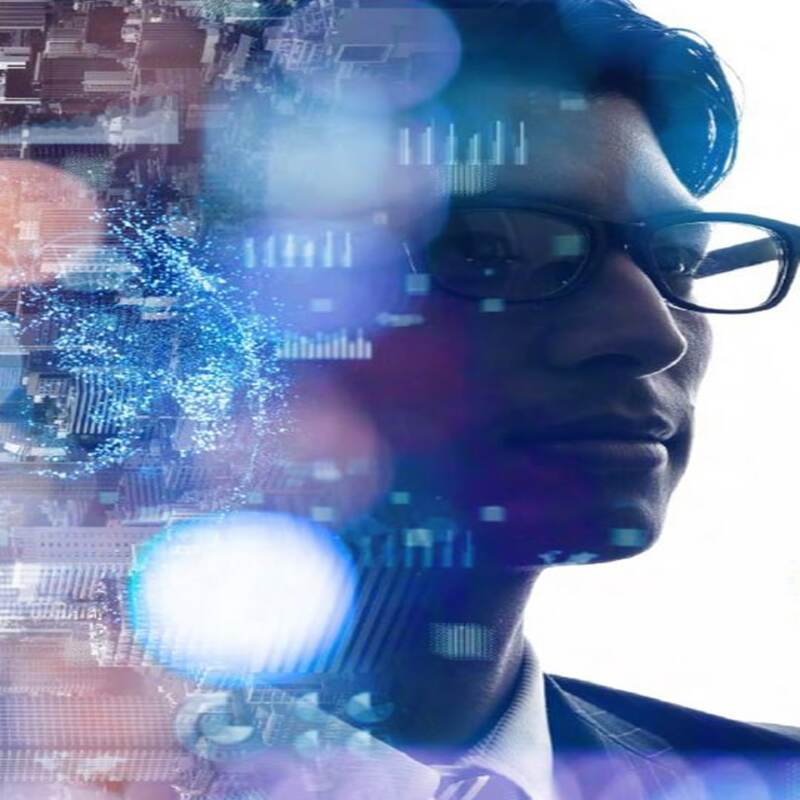Facial recognition technology has dramatically evolved over the past decade. By leveraging machine learning, this technology is now capable of automatic identification and verification of individuals. It utilizes complex algorithms that analyze various aspects of human faces. As a result, organizations across various sectors are deploying this technology to enhance security and improve user experiences. Notably, facial recognition systems analyze facial features and map their unique attributes. This process can identify individuals with remarkable accuracy and speed, making it a versatile tool.
Understanding Machine Learning in Facial Recognition
Machine learning is fundamentally transforming how facial recognition functions. Traditional methods relied heavily on basic algorithms and human input. In contrast, machine learning techniques automate significant portions of the recognition process. Consequently, such methods learn from vast datasets, allowing them to improve over time. This capability is crucial for adapting to different lighting conditions, angles, and facial expressions. Hence, machine learning systems are continuously being refined.
Types of Machine Learning Techniques
There are several machine learning techniques used in facial recognition. One prominent method is supervised learning. This approach involves training the model on labeled data. For instance, images of faces are tagged with names. By learning from this data, the model can identify faces in new images. On the other hand, unsupervised learning techniques identify patterns without labeled data. This method is useful in discovering hidden features in facial images.
The Role of Deep Learning
Deep learning is a subset of machine learning that has particularly revolutionized facial recognition. By using neural networks, deep learning algorithms automatically extract features from images. Unlike traditional methods, these networks can learn to identify complex patterns. Consequently, deep learning enhances the accuracy of facial recognition systems significantly. These systems can now recognize faces even under challenging conditions. Moreover, advancements in hardware have accelerated this progress, enabling real-time recognition.
Integration with Other Technologies
The convergence of technologies has propelled the evolution of facial recognition. For example, combining augmented reality with facial recognition has opened new possibilities. Retailers can personalize customer experiences using these innovative methods. Furthermore, many smartphones now incorporate facial recognition for security. Users can unlock devices simply by looking at them. As a result, the demand for reliable and secure facial recognition solutions has skyrocketed.

Applications of Facial Recognition
Facial recognition has numerous applications that range from security to marketing. For instance, law enforcement agencies utilize this technology to identify suspects. By matching facial images against vast databases, these agencies can quickly locate wanted individuals. This capability significantly enhances public safety and crime prevention. Furthermore, n emerging sectors are also harnessing facial recognition for various use cases.
Security and Surveillance
In the realm of security, facial recognition technologies play an invaluable role. Organizations deploy surveillance cameras equipped with facial recognition systems at strategic locations. These systems analyze footage in real time, offering immediate alerts for suspicious behavior. Moreover, they can identify individuals on watchlists, thereby preventing potential threats. In airports and public spaces, this technology ensures heightened security measures and streamline operations, leading to faster processing times.
Consumer Engagement and Marketing
Facial recognition technology also finds applications in retail and marketing industries. Retailers analyze customer demographics by recognizing faces in stores. By gathering such data, they can enhance the shopping experience for customers. Moreover, tailored marketing campaigns based on customer insights lead to higher engagement rates. As a result, businesses can improve their conversion rates. In turn, this fosters stronger customer relationships and loyalty.
Ethical Considerations
While the benefits of facial recognition technology are significant, ethical concerns must also be addressed. Issues around privacy, consent, and bias remain prevalent. For instance, many individuals are unaware that their images may be collected. Consequently, they might not consent to such surveillance or data storage. Additionally, biased algorithms can lead to inaccurate recognitions, primarily affecting marginalized groups. Therefore, organizations must implement robust ethical guidelines.
Privacy Concerns
Privacy remains one of the most pressing issues related to facial recognition. People are growing increasingly concerned about how their data is used. Unlike traditional forms of identification, facial recognition can often occur without consent. This lack of transparency creates discomfort among individuals. As a result, various advocacy groups push for stricter regulations around data collection. They argue for the importance of user consent and knowledge in the surveillance landscape.
Addressing Bias in Algorithms
Bias in machine learning algorithms poses another serious concern. Research shows that facial recognition systems can misidentify individuals from certain demographic groups. This misidentification is often due to skewed training data that lacks diversity. To combat this issue, developers must ensure diverse datasets during the training process. Moreover, rigorous testing should be conducted to ensure accuracy across different demographics. Addressing bias not only improves technology but also enhances public trust in the systems.

Challenges in Facial Recognition
While facial recognition has its benefits, it also faces significant challenges. One of the most pressing issues is privacy. The potential for misuse of facial data is alarming. Especially in authoritarian regimes, this technology can lead to mass surveillance. Consequently, public resistance against facial recognition has grown.
Ethical Considerations
Ethical concerns extend beyond privacy as well. Discrimination, often due to biased algorithms, remains a significant issue. Studies have shown that some facial recognition systems perform poorly for certain demographic groups. For instance, women and people of color often experience lower accuracy rates. Therefore, developers are urged to address these biases to ensure fair and equitable outcomes.
Legal and Regulatory Frameworks
Another challenge lies in the legal and regulatory frameworks surrounding facial recognition. Currently, laws vary significantly across countries. In some regions, there are strict regulations governing data collection and usage. Conversely, others have no comprehensive guidelines at all. Such disparities create confusion and hinder the global adoption of facial recognition technology. Establishing universal standards will be crucial for its responsible use.
The Future of Facial Recognition
The future of facial recognition technology is promising yet complicated. With continuous advancements in machine learning, the accuracy and capabilities of these systems will likely improve. As these technologies become more ubiquitous, they will also confront greater scrutiny. Consequently, developers must innovate while being sensitive to public concerns. Thus, a balanced approach is essential for the responsible use of facial recognition technology.
Technological Advancements
Emerging technologies will further enhance facial recognition systems. For example, the integration of artificial intelligence will refine data analysis. Alongside this, improvements in image processing and camera technology will lead to more reliable systems. Moreover, mobile devices will increasingly incorporate facial recognition features, making them user-friendly. As these advancements develop, we can expect a rise in applications across various sectors. This evolution will facilitate more convenient and secure authentication methods.
Regulation and Compliance
As facial recognition technology grows, so will the need for regulation. Governments and regulatory bodies are already considering frameworks to govern its use. Striking a balance between innovation and ethical considerations will be critical. Consequently, guidelines should emphasize transparency, accountability, and user privacy. Organizations that adopt facial recognition will need to stay informed and compliant with these regulations. By prioritizing ethical practices, businesses can foster public trust and long-term success.

Conclusion
In summary, machine learning has transformed facial recognition technology. Its applications span various sectors and serve numerous functions. From improving security to enhancing customer engagement, facial recognition showcases remarkable potential. However, ethical considerations around privacy and bias cannot be overlooked. As this technology continues to evolve, developing regulations will be vital. Balancing innovation and ethics will ensure the responsible use of facial recognition technology. Moving forward, stakeholders must collaborate to create inclusive and fair systems. Doing so will enable the positive transformation of this powerful technology.
The evolution of machine learning in facial recognition is both profound and complex. As the technology continues to advance, it offers numerous applications across various fields. The future holds great potential, provided that regulations ensure responsible use. Ultimately, facial recognition will likely play an integral role in our society. Its full impact remains to be seen, contingent on the balance of innovation and ethical considerations.


